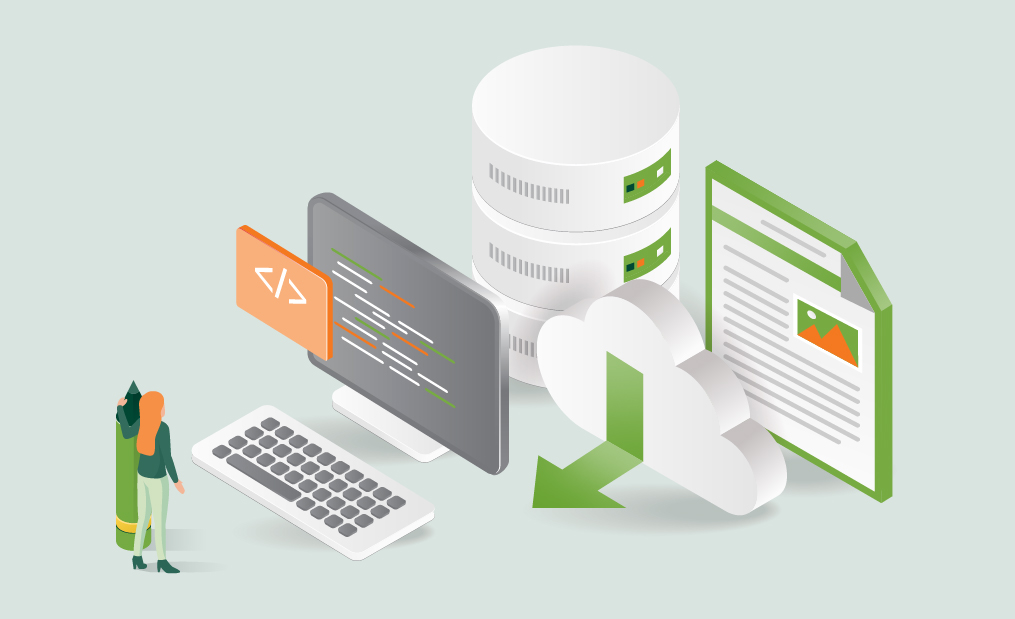
Third-party databases have revolutionized the way employment and education verifications are conducted. What is a third-party database? These repositories collect employment data directly from employers or schools, usually by integrating with the company’s payroll systems, and provide easy-to-use search tools that often provide instant results.
Traditionally, verifications are completed by making manual phone calls, sending emails or faxes, and waiting for results. Third-party databases can streamline this process and significantly reduce the turnaround time. They may also provide a more thorough work history by returning results from multiple companies at once.
However, there are some inherent downsides to using these databases. Third-party vendors charge fees to use and access the information, which increases costs for employers and background screeners. The information provided is usually limited to the most recent employment history or may contain inaccuracies. Our verification team always follow up to address any discrepancies or inconsistencies located through these databases to ensure we are providing the most accurate and up to date information available.
Overall, third-party databases can provide a more efficient and less time-consuming option for verifications, though may not be the most cost-effective option.